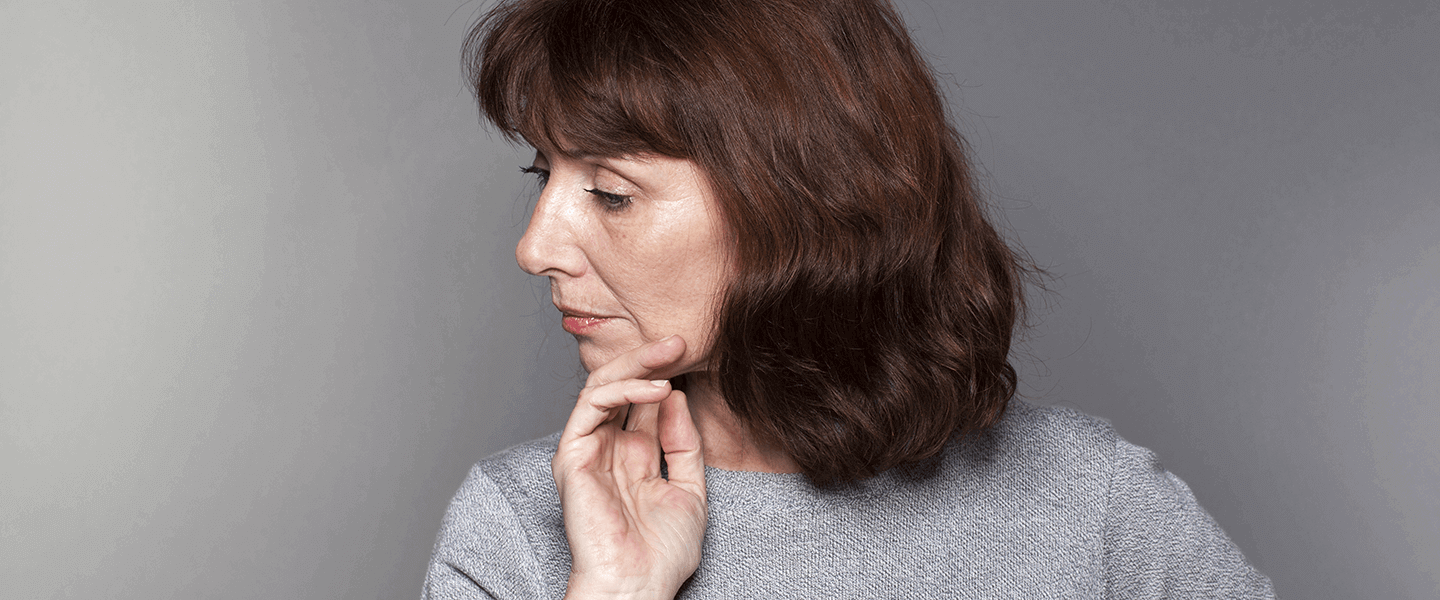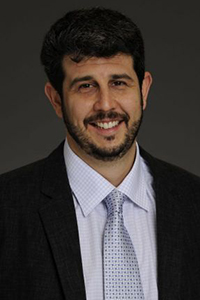Non-Invasive Brain Stimulation May Help Some OCD Patients Who Don’t Respond to Medications or Psychotherapy
Non-Invasive Brain Stimulation May Help Some OCD Patients Who Don’t Respond to Medications or Psychotherapy

Uncontrollable, recurring thoughts and behaviors that characterize obsessive-compulsive disorder (OCD) are experienced by 2% to 3% of people. Yet standard treatments—exposure therapy and medicines that affect the neurotransmitter serotonin—typically help only about half of those who receive them.
A new treatment approach that could help more people who have OCD, especially ones who are not helped by medications, involves non-invasive stimulation of the brain. Last August, the U.S. Food and Drug Administration (FDA) registered its approval for a specific form of such treatment for OCD patients who do not respond to standard therapy.
The new treatment, called high-frequency deep TMS (dTMS), is a variant of transcranial magnetic stimulation, or TMS, which has been approved for use in major depression since 2008. A now-standard form of TMS called repetitive TMS, or rTMS, is used widely in depression. It was pioneered as a treatment for depression by BBRF Scientific Council member Mark S. George, M.D., with help from two BBRF grants he received in the 1990s.
In the American Journal of Psychiatry, an international research team led by Joseph Zohar, M.D., of Chaim Sheba Medical Center, Tel Aviv University, and which included BBRF Scientific Council member and three-time grantee Jeff Daskalakis, M.D., of the Centre for Addiction and Mental Health at the University of Toronto, recently published results of a double-blind, placebo-controlled clinical trial that tested dTMS in 99 OCD patients at 11 treatment centers.
The trial demonstrated that dTMS treatment delivered five times a week over 6 weeks was superior to a placebo version of dTMS in reducing patients’ OCD symptoms. (The placebo version was delivered by a machine that delivered stimulation that did not penetrate the skull.)
dTMS directs electromagnetic waves deeper into the brain than conventional rTMS. The team conducting the trial wanted to test the theory that dTMS might therapeutically modify a circuit believed to be involved in OCD. That circuit forms a loop, starting in the cortex and running to the striatum and then the thalamus before returning to the cortex. By targeting this circuit, researchers hoped to affect brain structures that prior research has found to be hyperactive in OCD patients during rest, and even more hyperactive when patients are experiencing OCD symptoms. The trial included a procedure in which patients, in consultation with their doctors, agreed upon an action or thought that would provoke their OCD symptoms. They were encouraged to focus on this during each dTMS session, so as to activate parts of the targeted brain circuit.
As is the case in many clinical trials involving a placebo, patients who received both the active treatment and the placebo version in this trial reported a reduction in symptoms—but the reduction was twice as great, on average, in those who received active dTMS. (The reduction is measured in a numerical score based on clinical interviews and symptom assessments of each patient). The advantage of active dTMS treatment was also evident in the rate of response: 38% of patients had at least a partial response to dTMS, while 11% responded to the placebo. At a follow-up 4 weeks after treatments ended, 45% showed a response, compared with 18% for the placebo.
The team reported that dTMS was “well tolerated” by those in the active treatment group. There were no severe adverse events such as seizures, while the most common side effect was transient mild headache during or just after treatment sessions.
The magnitude of symptom reduction compared with placebo experienced by patients receiving dTMS was similar to that noted in a review of 17 past studies of drug treatments for OCD, the team noted. But the latter took 10 to 13 weeks to achieve, compared with only 6 weeks for dTMS. Perhaps more important, patients studied in the dTMS trial had not been helped by medications—it was a criterion for their inclusion in the study. This fact led the researches to propose that the two forms of treatment “exert their effects on different neuronal mechanisms” in the brain. If true, this suggests the utility of dTMS in OCD patients who have not been helped or are no longer responding to medications.
In addition to Drs. Zohar and. Daskalakis, the team also included 2010 BBRF Young Investigator Daniel Blumberger, M.D., and 2010 BBRF Young Investigator Kyle Lapidus, M.D. The trial was supported by Brainsway Ltd., manufacturer of the dTMS device used in the testing; a number of team members reported they had received various kinds of support from the company.
If you enjoyed learning about this research, you might find this webinar interesting: The Search for Novel Treatment Targets for Obsessive-Compulsive Disorder:



